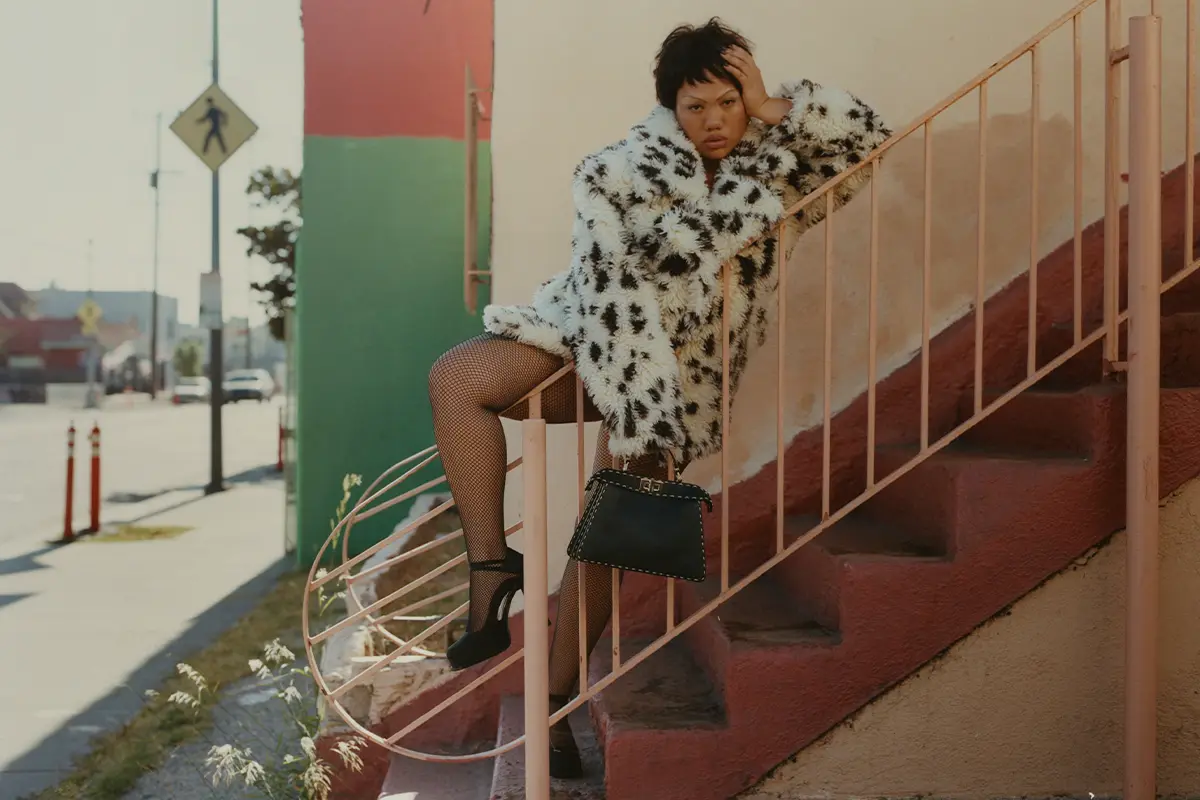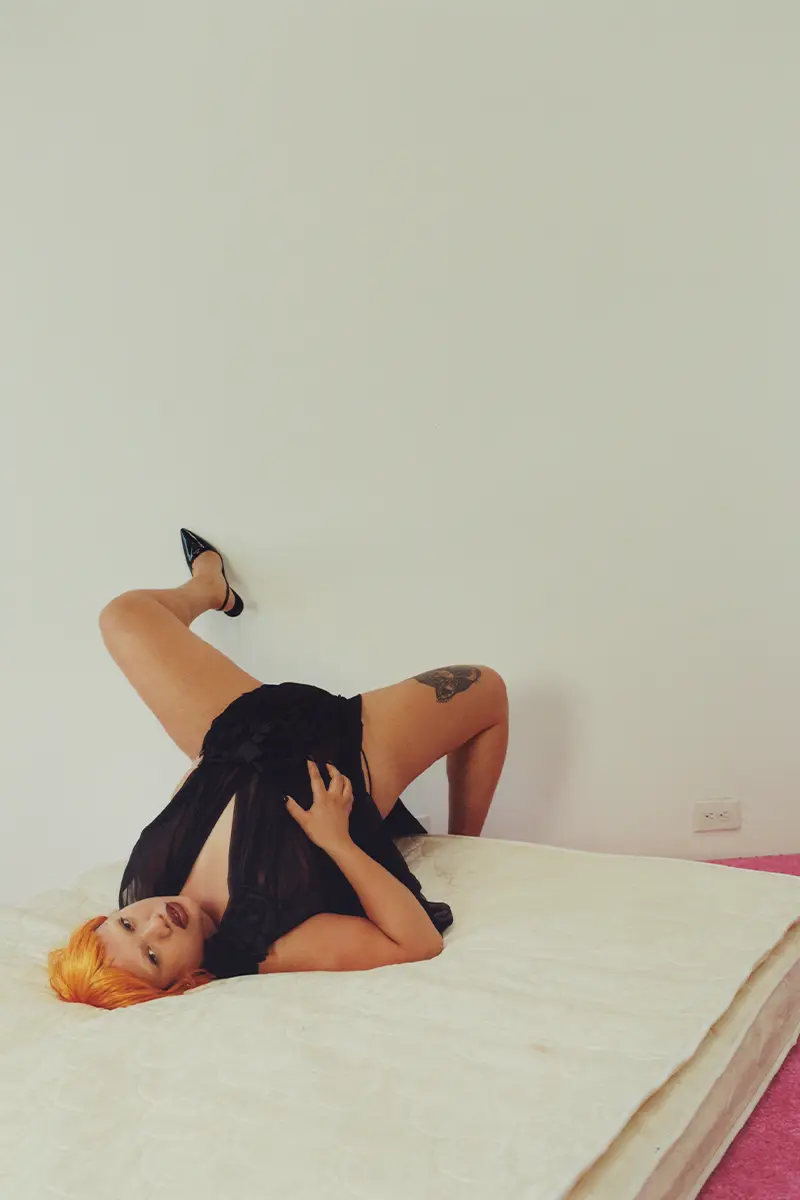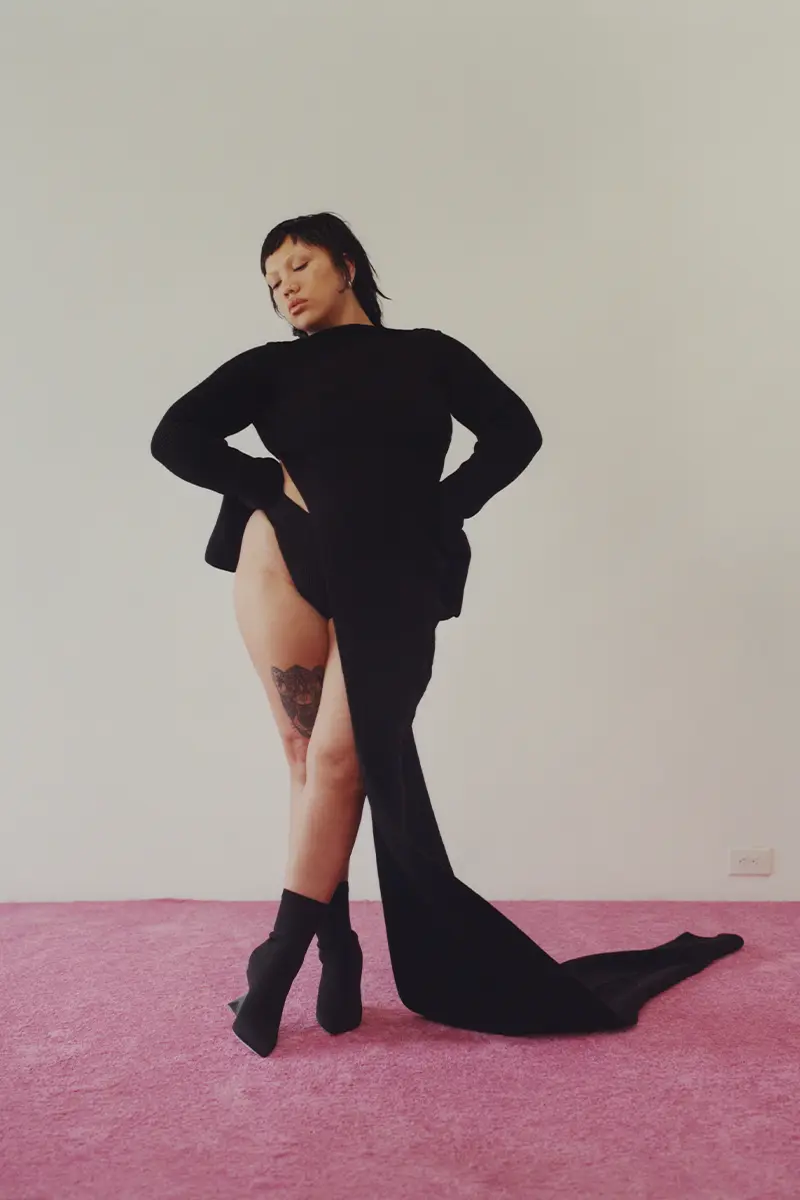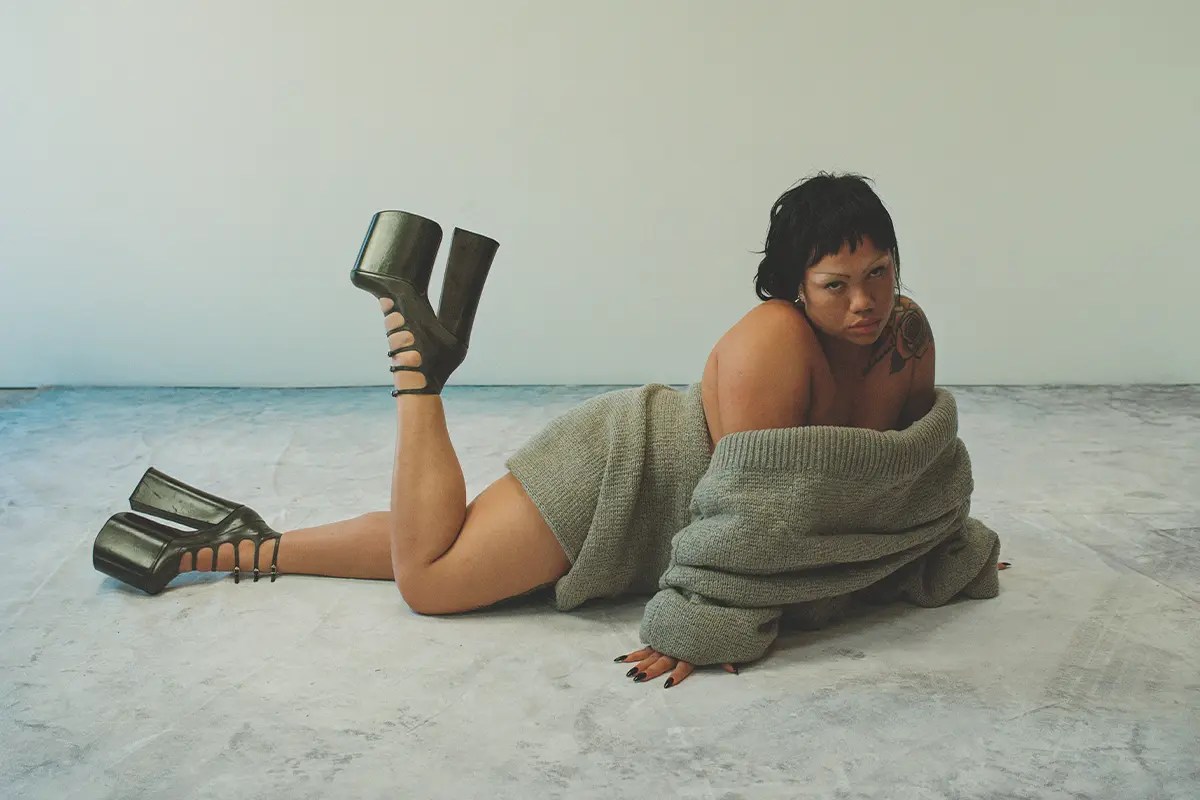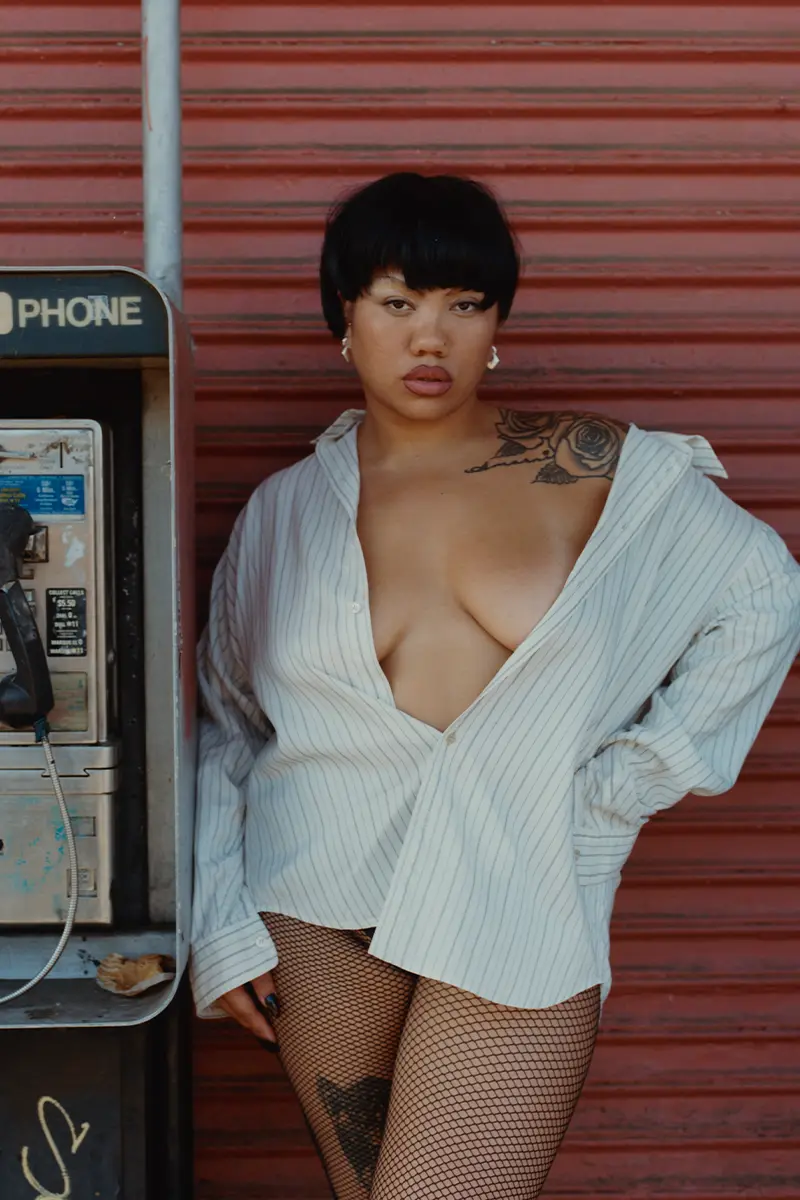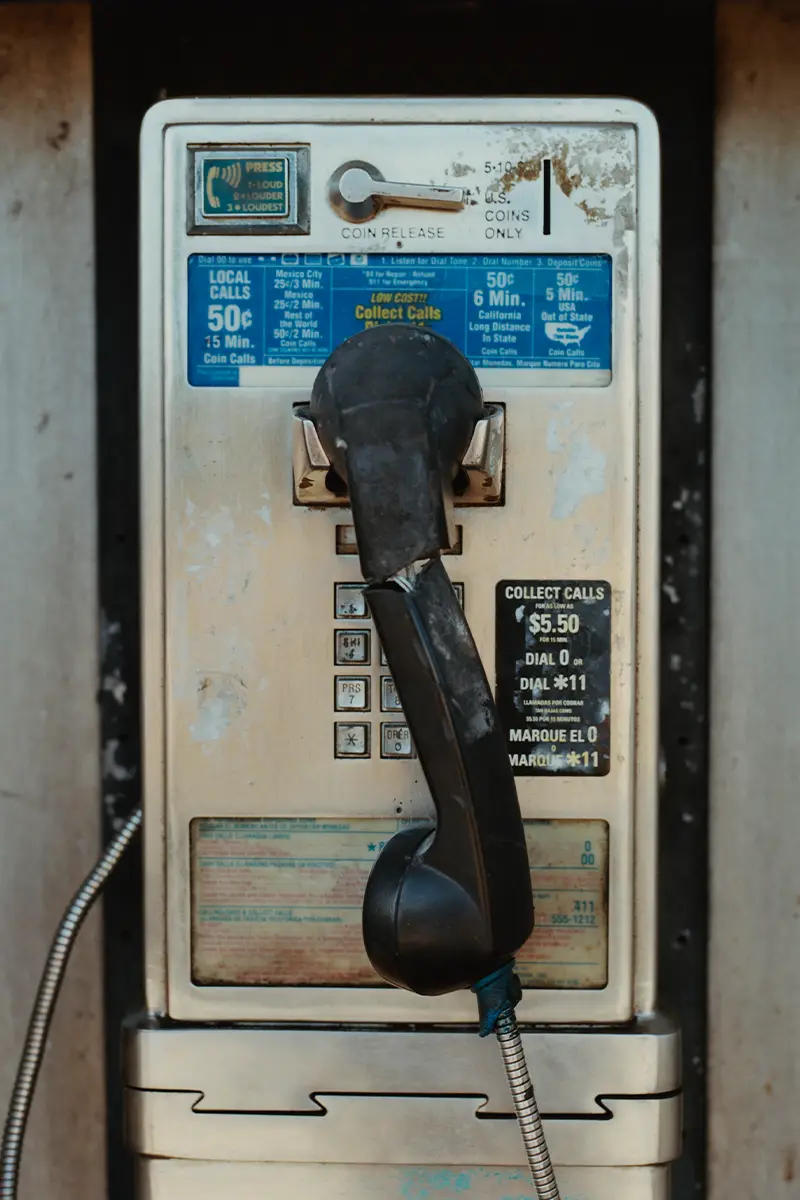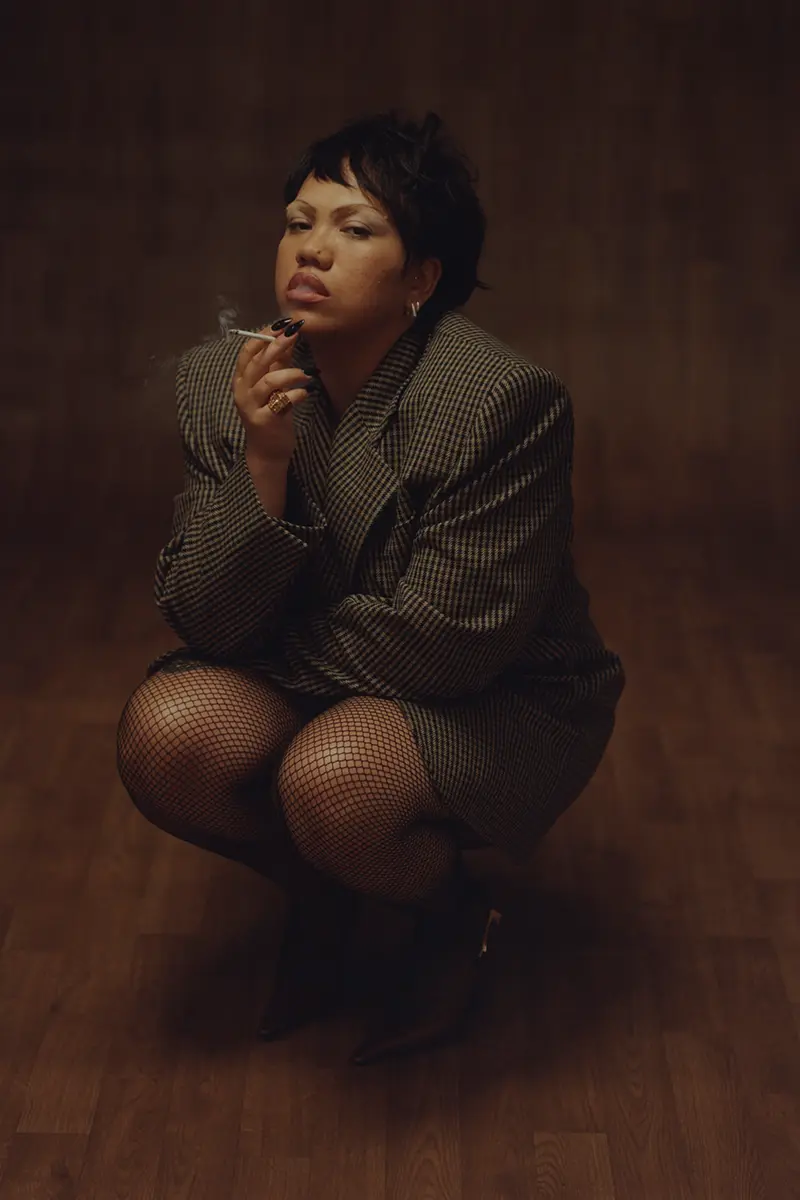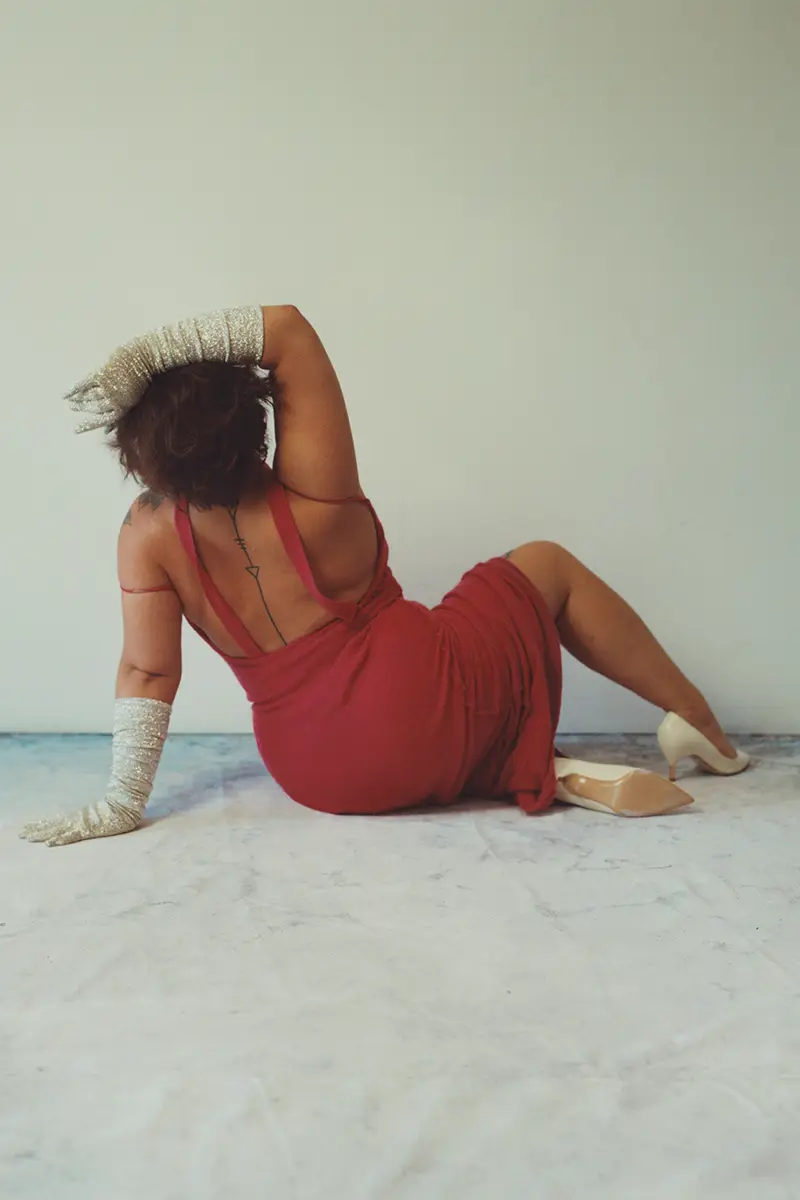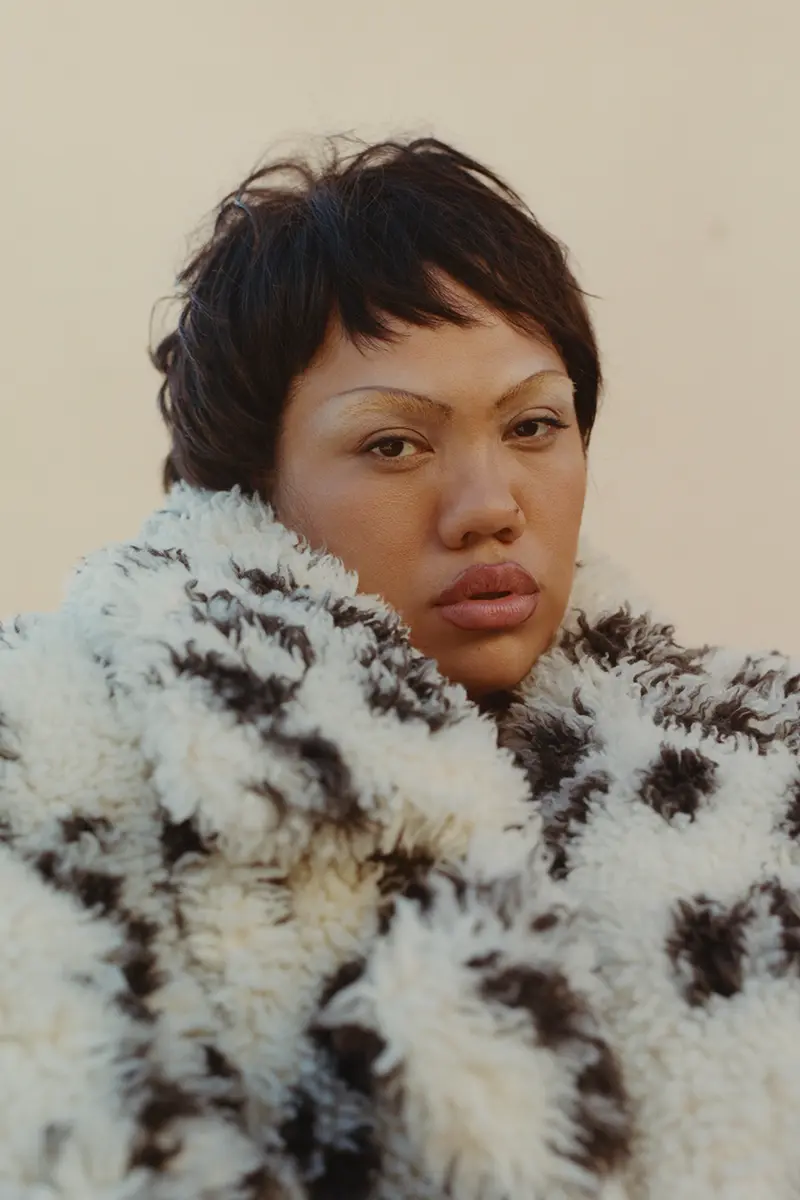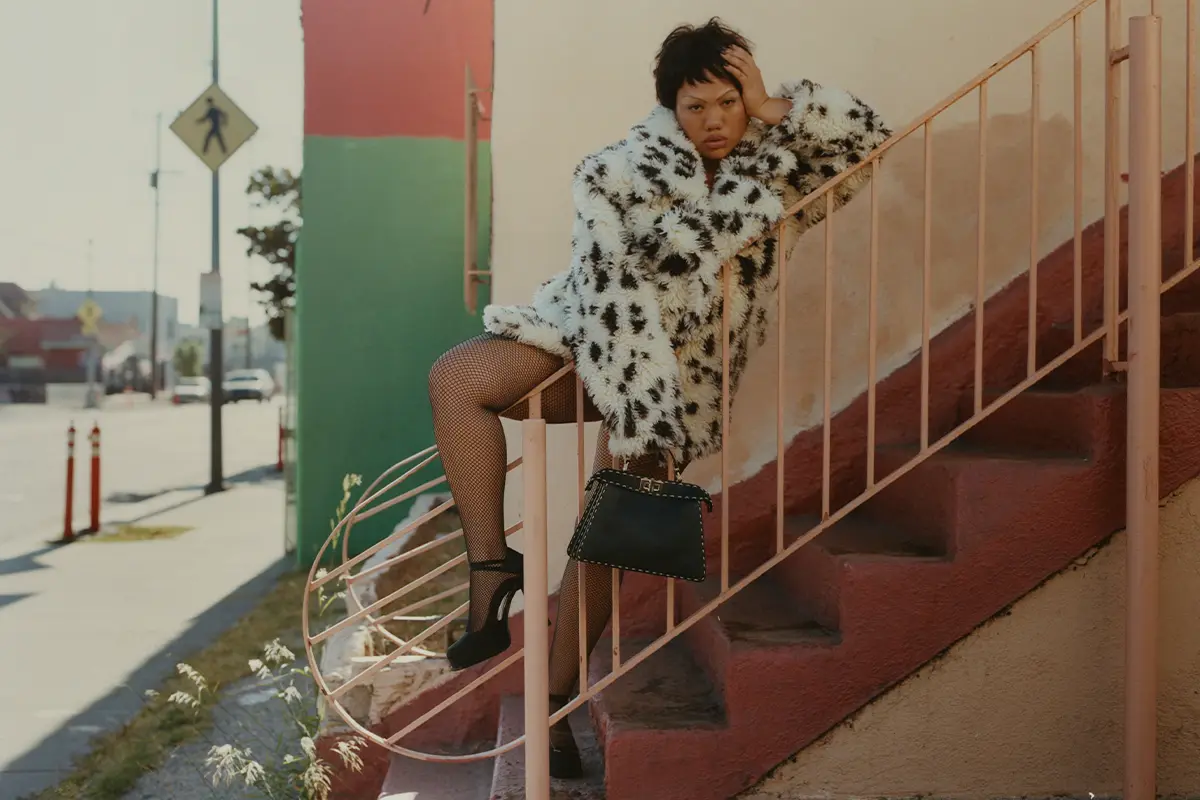Parris Goebel as a part of her community: «My purpose is to represent Polynesian and Samoan women worldwide and show them that there is space for us in the entertainment industry»
Gender, ethnicity, culture, or place of origin – Parris Goebel and the pride of her community
It’s not the story of a rebel but someone who didn’t let the world set any limits on her because of her gender, ethnicity, culture, community, or place of origin. If no women like her were on magazine covers, it just meant she’d have to be the first one.
Her first big break came at a young age, thanks to the growing following of her YouTube channel. At only nineteen, she became the artistic director of Jennifer Lopez’s world tour. This is how JLo has described their encounter: «I had seen some clips from a New Zealand choreographer named Parris Goebel, and her stuff was so tough – girls dancing like guys, leaving it all on the floor, and everything infused with this amazing energy. She was perfect. No one out there was doing what she was doing, so we gave Parris her first shot, knowing that she’d create something completely different from anything else we had seen onstage. And she killed it».
Parris Goebel for Lampoon, about her working practice – from Rihanna to Beyoncé
In 2014 Justin Bieber asked her to direct, choreograph and dance thirteen music videos for his Purpose album, resulting in the single Sorry being the third most viewed video of all times on YouTube.
Since then, Goebel has perfected a dance that can be described as living and breathing music, combining sassy female fire and aggressive inner strength. If you see it, you get it: it hits you in the guts and doesn’t let you look any other way. There’s been no stopping her since her first incursion on the stage. She has worked with the likes of Rihanna, Janet Jackson, Ariana Grande, Nicky Minaj, Ciara, Shakira, Beyoncé and the list goes on. Her biography is the stuff of fairytales, but the princess’s strengths were her talent and dedication.
She’s in New York City during our talk, after the MTV Video Music Awards, and during NY fashion week. She must be exhausted with the heavy schedule, yet, as I ask her to tell us about her childhood spent Far, Far Away from the world she dreamed of becoming part of, the first thing I notice is the warm, generous energy of her voice.
Generosity comes from her community as a Samoan and Polynesian woman
She grew up in Auckland, New Zealand, in a tight-knit, nurturing family, with two sisters and a brother, dancing for as long as she can remember and learning choreographies watching music videos on MTV. Her family’s support has been pivotal in her development; her father, to this day, works at her side as her manager. As she points out: «There are many beautiful things about where I’m from and my upbringing. My heritage is half European and half Samoan, and as a Polynesian I was taught to take care of my people with generosity. It shaped me into the woman I am today. Beyond my family, with my artistry, I try to share love and magic with the world».
Looking at her dancing, it’s easy to notice that she exudes absolute certainty about her power, but even though she has always felt encouraged and supported by her family, one of the biggest challenges for Parris has been to overcome insecurities dragged along from a young age, when she felt like an outcast. «A few years ago, I realized that I was exhausted from caring what people thought, tired of trying to be what the world wanted me to be, of walking in fear, with the weight of expectations on my shoulders. I believe every woman, at different times in their life, has that moment of realization. ‘I’m just sick of this, and I’m not going to do it anymore. I’m going to live the life I want to live’».
The spokesperson of a community – Parris Goebel Samoan and Polynesian origins and work
This resolution might be the driving force behind the liberating effect of her choreographies. They express a sense of freedom, empowerment and sisterhood you rarely get to experience in such a contagious way. It feels like once you see Parris’ work, you can’t unsee it, it will stick with you and make you wanna follow along.
She was the only brown girl in her school, and often found it hard to fit in with her peers. She was bullied for being part of the Samoan community and that experience initially pushed her into being ashamed of her background. With time, not only she regained her pride about her Polynesian heritage, but also understood her objective: «My purpose is to represent Polynesian and Samoan women worldwide and show them that there is space for us in the entertainment industry. And that we matter and are beautiful too, even if the world doesn’t celebrate us as much or include us in campaigns and front covers of magazines. The feelings of alienation growing up pushed me to work hard at changing that narrative in the fashion industry».
Work, working – Parris Goebl for Lampoon on her collaborations, starting from Rihanna
In this scenario of feeling like an outcast, she had strong role models she looked up to, and some of them, later, became her working partners: «Rihanna was an inspiration to me. I love everything about her. She’s a rebel; she goes against the grain. She’s a mogul, she started as an artist and then created an empire, and that’s what I also plan to do. Working alongside her has been a blessing and a dream come true».
Bob Fosse, Pharrell, Missy Elliott, Quentin Tarantino are some of her main sources of inspiration, with Prince taking center stage. What she appreciates most about him is his boldness and eclecticism: he used every possible outlet to express himself, from music to fashion, to art and this is what she does in her craft. She’s what one might easily call a Renaissance Woman: just over thirty, she has been working at the top of the game as a dancer, choreographer, director, singer, writer, performer, model.
Parris Goebel on work as freedom, recounts to Lampoon
She’s the most sought-after choreographer in the world, yet there’s no predicting what this all-encompassing artist might do next, because if there’s something Parris Goebel has never done, it is set boundaries to what she could be. She has always felt so much more than just a dancer or choreographer, «I consider myself an artist, a free spirit, a creative, a muse», and this is one of the biggest lessons she shares with her dancers: always keep their dreams open, never let a label limit their process.
She’s been working hard and non-stop since she was a teenager, but looking at her work, it’s impossible not to notice the freedom and playfulness that permeate it. This might be the secret of her success: working on something she’s passionate about. All work and play make Parris a mighty girl.
I ask her if this openness to the unpredictable has ever brought to a place where she never thought she’d be, to which she answers amused: «I’m constantly feeling like ‘I can’t believe I’m doing this, and I can’t believe I’m here’. Even now, I’m in New York, participating in fashion week, which seemed so remote when I was a little girl. I feel surprised pretty much every day».
A big part of Parris Goebel work process is having fun
Goebel has shared that when she hears music, she’s able to see things, like movement, colors, or a storyline. So when it comes to choreography, she just pushes play and lets her body move freely, following images and intuitions. Synesthesia seems to spark her creativity. I wonder if after that first sparkle, she has a closed system that comes into place.
«It depends on the project, whether it’s directing or choreographing. A big part of my work process is having fun. I try not to take things too seriously because art is always about feeling; it’s an expression. It’s interesting because, in my work, there has to be structure. At the same time, there has to be chaos and room for playing and trying things and failing and trying again. That’s the beauty of art. You don’t know what you’ll create, but as long as you’re open and having fun, the magic happens».
Parris Goebel – three-time World Hip-Hop Dance Champion with her dance crew, The Royal Family
Three-time World Hip-Hop Dance Champion with her dance crew, The Royal Family, at only 26 she wrote her first autobiography, Young Queen. «It was a form of therapy for me to write about my journey, to be outside looking in. I understood the most beautiful parts of my journey and what got me there. It made me appreciate how far I’ve come. Because I’ve always worked so hard that I never took the time to smell the roses, as they say. Writing Young Queen definitely allowed me to reflect on how blessed I am», she shares.
When it came the time to release her first EP, because, again, she’s not somebody that will ever say no to an enticing new adventure, she collaborated with music producer P_Money to release Vicious, a thoroughly eclectic album in which every song seems inspired by a different genre. Once more, she broke boundaries and didn’t let labels limit her creativity.
Building up a community – Parris Goebel
Fortunately, Parris still has many dreams she hasn’t even started working on. One of them, surprising at first, but not so much after learning that Bob Fosse’s All that Jazz is one of my favorite movies, is to open a jazz bar. You can bet on it happening.
When Parris left high-school at fifteen to dedicate herself completely to hip hop, the only two available options in Auckland were an all-male dance crew and a mediocre dance school. So she gathered a group of friends. She started dancing with them in her parents garage and later, with the help of her father, they found a space of their own.
She has always felt that being born with a gift means that there will be a constant force that pulls you towards sharing it with other people. Today, her school trains some of the best hip hop dancers in the world and the routines performed by her crews have repeatedly gone viral. «The mission of my dance school was to create a home and safe space for other dancers in New Zealand who wanted to train, take dance seriously, and build a community», she explains with modesty.
Parris Goebel – challenges across life: occupation, community origins, identity
Goebel considers the ability to just be oneself one of the biggest challenges we come across in life. Regardless of occupation, community origins or identity. The north star of her art and her craft thus remains as simple and as difficult as keeping it real.
When asked what suggestion she might give to a young artist who’d like to follow her steps. She doesn’t hesitate to answer: «Not to follow my steps. My advice would be to follow their own steps. People become obsessed with finding the recipe for success, but there is none. Life is unique; what works for me might not work for someone else. As long as you never give up and keep true to yourself, you will reach your dream destination. So my suggestion is to work hard, never give up and be yourself».
Polynesian-Samoan choreographer Parris Goebel for Lampoon
Parris Goebel is a New Zealand dancer and choreographer of Polynesian and Samoan descent. Her dance crew, The Royal Family, has won the World Hip Hop Dance Championship three times. She has been working with celebrities like Rihanna.
Photography Daniel Jack Lyons, styling Sean Knight
Hair Maranda Widlund @HomeAgency
Makeup Sara Tagaloa @HomeAgency
Nails Karen Jimenez @OpusBeauty
Fashion assistant Cameron Greene
Thanks to IMG Models and ArtWorld Agency
Sebastiano Mauri
You can see the entire fashion story on the printed edition of Lampoon 28 – the working issue


